His guns have the appearance, from a distance, of the Ruger Single-Six. Well, we already know that these about which I'm writing are .22 LR, but don't they have that appearance? Note, too, that the gun is using an SAA's "rubber" stocks. The Single-Six prototype? I wonder if Bill Ruger knew about these, I bet he did.
He had come and gone long before the Internet, and is not well enough remembered for any historical work to have been done. He was rather famous in his day for taking a Colt Lightning, converting it to .22 LR, making the action SAO, and reshaping the birdshead butt into a plowhandle to produce a scale model SAA. The barrels and cylinders were relined from .38 to .22 or just remade and the sight rib and sights made from scratch. The internal action was totally rebuilt to operate like a Single Action Army. The whole shape of the butt of the gun was redone in SAA style, and new grips made. Alonzo was using guns sent by customers or if he was buying them up, converting and selling. Either way, the serial numbers and year made is pretty much at random. 2 Crull SA .22's sold for $475 each to the same buyer. The guy who's collection they came out of was there and said they should have brought $900 each. He is/was a gun dealer out of Wabash selling part of his collection to pay for medical bills. He said he knew Alonzo and had 9 more of his guns in the safe. Two of the guns he still has are single shot. He said that Alonzo "Lonnie" always said that the lightning was the strongest frame ever built but the biggest "POS" gun ever built. As far as Alonzo making a "bunch" of guns, well the guy told me that Alonzo cataloged 319 guns but he believes that there are closer to 400 around. He said that all of the barrels were turned from an old truck or tractor axle that Alonzo turned into a laithe. The guns at the auction seemed to function very smoothly but were somewhat crude to look at. From the side they look good but from the top they don't (IMO) the method that he used to matte the top of the receiver and barrel looks pretty rough. With regard to the matte finish on the receiver and top of the barrel from the previous comment, reportedly Crull did this to reduce glare while looking down the sights at your target. Another note...he had to reposition the screws in the frame due to his modifications. In doing so, he filled in the previous screw holes from the Lightning frame, which are now almost invisible. The guy knew what he was doing. Below is a response I received earlier this year from Hamilton Bowen with regard to Mr. Crull.
Lightning such as modified by Alonzo Crull
Dear Sir:
Thanks for your inquiry.
We do not have any information on Mr. Crull at our website and, unfortunately, I have been unable to lay hands on a file with some information about him, probabyl due to some office cleaning.
What I can tell you is he died probably 20 yrs. ago and lived in Wabash, Indiana. He was a first-rate gunsmith and specialized in building .22 rimfire revolvers, mostly on Colt Lightning frames but some on Colt SAA receivers. He made his own barrels and cylinder and, in the case of the little Colt DA guns, his own hammers and triggers. The barrels were the most distinctive feature. They were heavily tapered to cut weight but had integral ribs, one on top for the front sight and another on the side for the ejector housing so it would still fit well. Very complicated part to make.
I have a couple of his revolvers and am always impressed with their quality and thoughtful design. You are fortunate to have such a treasure. Hope this will help; thanks for your interest.
Sincerely yours,
Hamilton S. Bowen
Bowen Classic Arms Corp.
the excellent display honoring Lonny Crull's work at the Wabash County Historical Museum.
Mr. Crull did most of his conversions in the '30s and '40s. Locally, these guns are highly regarded and fetch considerable sums. I have also seen a few single shot break open target guns he made. He rifled his own barrels,and made his own fixtures and cutters to produce cylinders,triggers,sights etc. Several of these shop made tools and cutters are featured in the display, along with his rifling machine and photos of his shop. It would be well worth the drive to visit the museum, there are several other firearms on exhibit along with other war trophies/memorabilia.
This man was no "Bubba". He was a craftsman who often resurrected junkers into beautiful, useful pieces at a time when the factories had nothing similar to offer.
He scratch built high quality target revolvers. When the law required him to get a manufacturing license, he instead started basing his creations on Colt frames so they would not be new manufacture. When he got done there wasn't much left of the Colt beyond the serial number. Rod had a picture of Krull taken late in his life in his shop, his hands permanently curved by work and arthritis into the position used in holding a file.
i was a small child and my dad owned the gun shop next to lonnies. lonnie got to the point where he could not see good enough to polish and blue some of his revolvers do to bad eyesight. my dad did some of the polishing and bluing for him in those days. i would come home from school and load up six rounds in the revolver rest the gun in the crotch of our cherry tree and ring my neighbors steel fence post 6 out of 6 times. if you have the opportunity to own one never let it go. examples of his craftsmanship can be seen at the wabash couny museum in wabash indiana.
Found a little bit more Crull/Krull info in a short article in the July 1982 issue of "The Gun Report". Article states that "Crull made the hammer, cylinder, gripstraps, barrel, rifled the barrel, and even cut and dried the walnut for the grips as well as doing the bluing and other handy work"..."basically the only parts he preserved (from the Colt DA Lightning) were the frame and loading gate."
He had an apprentice who worked for him for a period of time. This person learned Alonzo's art for gunsmithing. He purportedly then used this knowledge to go home and secretly make his own firearms that he stamped my Great Great grandfather's name on and sold as authentic ones made by Alonzo himself.
A quick genealogy search shows that Alonzo Crull (b. 8 Jan 1874 Huntington, IN, d. 14 Jul 1972 Wabash, IN) was the son of Henry and Mary (Rhoer) Crull. He married Clara Munger in 1897 and they had five children. Eddie E., C. Roy, Lewis, Mary E., and Louise. According to the census, in 1900 he was an "engineer (thrashing)" (which probably means mechanic), in 1910 he was a machinist in a factory, in 1920 he was a machinist working in a foundry, in 1930 a mechanic for the "straw board" (perhaps somebody can tell me what "straw board" means). His 1918 draft card says he's a machinist for the Wabash Foundry and Machine Company and gives his address as 898 Ferry Street, Wabash, IN. Clara died in 1929 and Alonzo apparently never remarried. They are buried side by side in the Falls Memorial Gardens, Wabash, Wabash County, Indiana. They had several grandchildren and there are several descendants still living.
There is apparently some thought that Alonzo Crull was a Native American but I can't find any proof of that. His paternal grandfather came from Germany. It is possible that some maternal grandparent was of Native American descent but it can't be proven at this time.
Links:
- Gravesite
- Crull family history
- Crull blog
- Wabash Museum






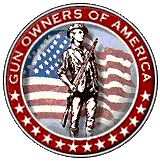

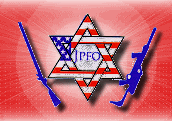




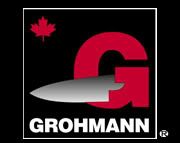
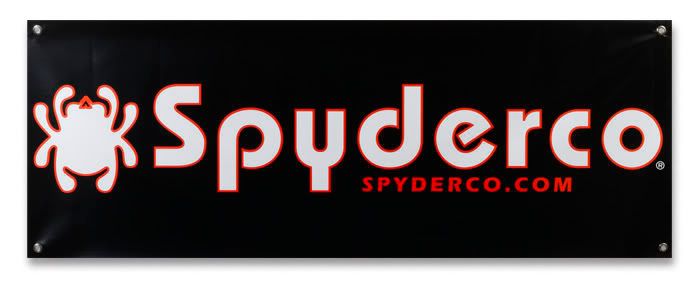

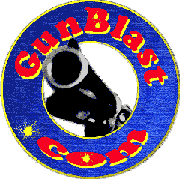








3 comments:
here is one coming up at auction in february:
http://www.proxibid.com/asp/LotDetail.asp?ahid=3693&aid=34831&lid=9480113#topoflot
thanks for this timely article Hobie
cable
Just saw this post, I have been trying to track down the origins of two revolvers that I inherited from my father. Both are 22 conversions. One built on a colt peacemaker and the other on Colt new police. Family story is that my dad had them made while living in Wabash right after the end of WW2. From the description in the article on Alonzo Crull, I think
I have my answer.
Post a Comment